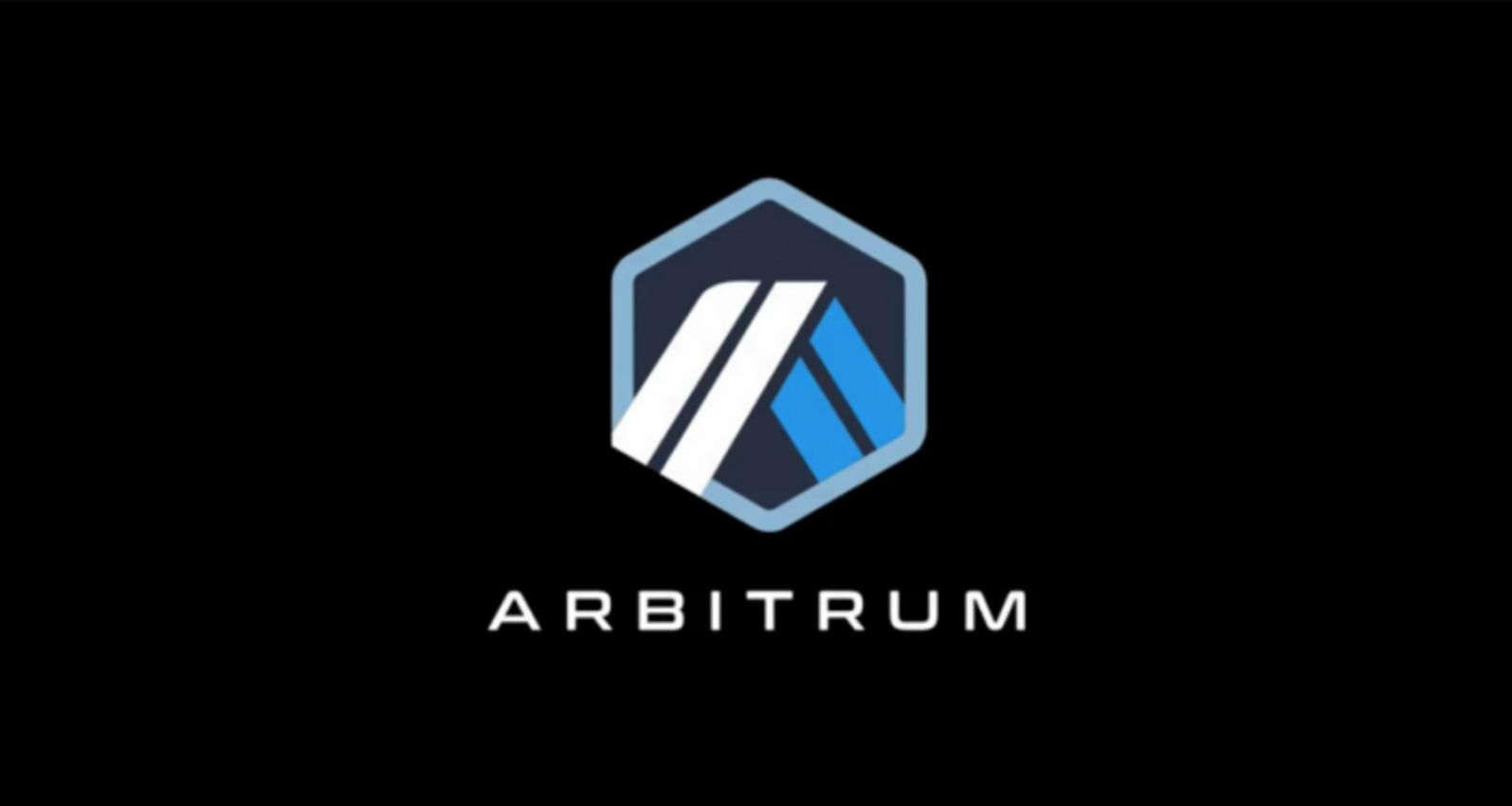Arbitrum has reached a significant achievement by exceeding $300 billion in trading volume on Uniswap. This makes it the top layer 2 network in decentralized finance. This success highlights the importance of Arbitrum in making Ethereum transactions faster and cheaper.
Arbitrum is built to help Ethereum manage transactions at lower prices by processing activities off-chain and then broadcasting summaries back to the main network. It uses rollups, which combine several transactions together and assume they are genuine unless challenged.
This speeds up transactions and reduces costs. Major projects like Uniswap, Sushiswap, and Curve currently operate on Arbitrum, highlighting its growing significance in the ecosystem.
Arbitrum User Growth and On-Chain Expansion
Arbitrum has grown in user adoption and on-chain activity since early 2025. Its transaction volume rose by over 40% earlier this month. This increase is greater than that of other layer-2 networks, such as Optimism, Base, and zkSync, which have seen slower or declining activity.
Popular decentralized applications, such as Uniswap, GMX, Aave, Camelot, Fluid, Dolomite, and Layer 3, power the increase. Additionally, Arbitrum’s recent “Operation Slowmo” upgrade, which increased block time to 2 seconds, has enhanced transaction clarity and user experience.
Competitive Market and Innovations
Arbitrum remains a contender among layer 2 solutions, competing closely with Optimism, Polygon, and Base. Its recent inclusion of zkVerify promises to increase zero-knowledge proof efficiency, boosting security without slowing transactions. Arbitrum combines EVM compatibility with great scalability, attracting significant DeFi projects and developers, unlike other rivals.
While Base and Optimism also dominate in activity and revenue, Arbitrum’s constant improvements maintain it ahead in user engagement and ecosystem expansion. This edge is essential as layer-2 networks strive to reduce Ethereum’s congestion and fees.
Arbitrum helps reduce network congestion and lower fees, making it an important part of DeFi and Ethereum’s ecosystem. It works well with Ethereum smart contracts, which increases its popularity and makes it easier to transfer DeFi apps. Projects like Uniswap and Aave benefit from faster transactions and lower costs. Arbitrum improves Ethereum’s performance and expands the use of decentralized finance as more protocols join.
READ MORE: Cardano Eyes Bullish Breakout After 17% Monthly Drop, Testing Key Trendline Resistance












